This article about lead belaying is part of the book - Rock Climbing Basics: The Beginner's Guide.

Step 1
Attach your belay device so there is just a few meters of rope between it and the climber's knot.
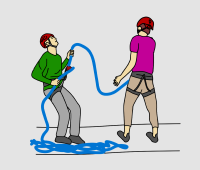
Step 2
When the climber is moving up the wall, you'll need to feed rope out to them instead of taking it in.
Place one hand on the rope above the belay device and the other on the brake rope below. Use both hands to shuffle rope upwards through the belay device.
Then slide your hands one at a time back down the rope so you are ready to give more slack. Make sure not to let go of the brake rope!
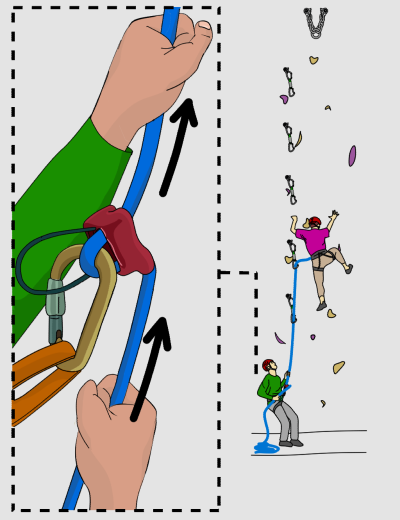
Step 3
Once the climber has clipped the quickdraw but is still below it, they're effectively on a mini top rope, so you'll need to take in a small amount of rope until they're level with the quickdraw.
This ensures that slack rope is kept to a minimum. Remember that the climber will need enough slack to make the next move, but not so much that you create unnecessary fall potential for them.
Continue to give slack as the climber moves up, and take in rope as required.
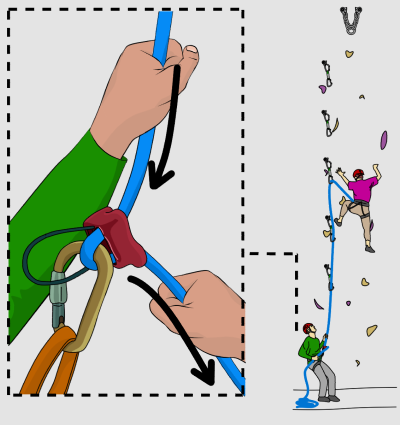
Step 4
To catch a lead fall, hold the rope downwards in the lock off position.
If the leader takes a big fall from above a bolt, the force will be much greater than a simple top rope fall, so it will be much harder to hold – keep a tight grip on the brake rope and pay attention!
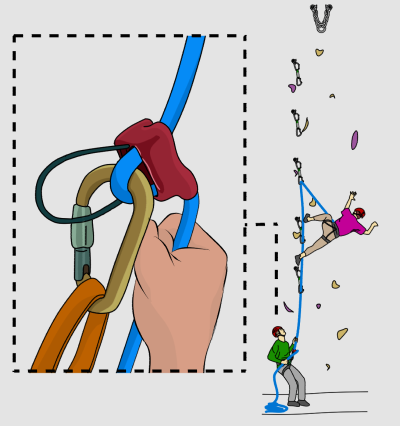
Lead Belaying: Belay Position
Before the First Bolt
Before the leader reaches the first bolt, you'll need to 'spot' them, just the same as if they were bouldering.
Make sure to have just enough slack in the rope so they can reach the bolt.
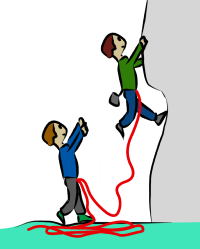
After the First Bolt
Stand close to the wall, and in-line with the leader. Maintain a good stance in a position where you can see them.
The rope should go up and out from your belay device to the climber with minimal slack in the system.
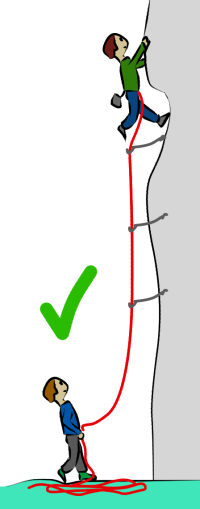
Lead Belaying: Common Mistakes
Leaving too much slack in the rope.
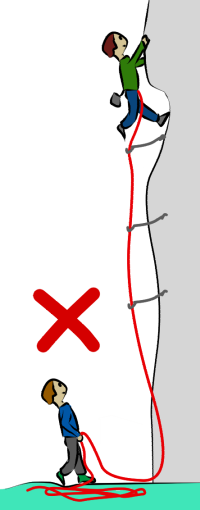
Standing too far back from the wall.
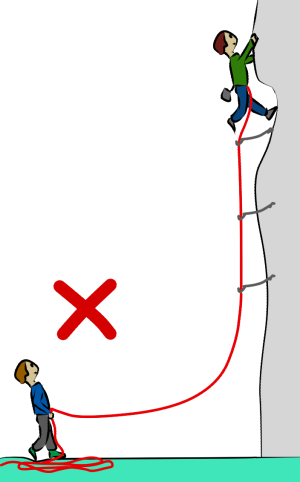
Lead Belaying: Learning Tips
For your first few times belaying (for either top rope or lead), it can be useful to ask a qualified member of staff to hold the brake rope too.
This acts as a back-up so the climber will still be safe if you fail to hold the rope correctly.
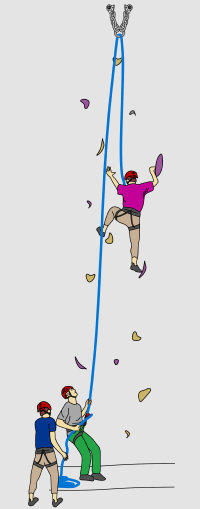
It's also possible to have a top rope set up in addition to the lead rope. This means you can practise the techniques of leading, with the increased safety of a top rope.
Ask a qualified member of staff for help with this.
Once you've learnt these basics, you can progress to being a better belayer.
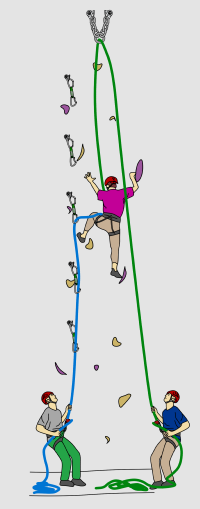
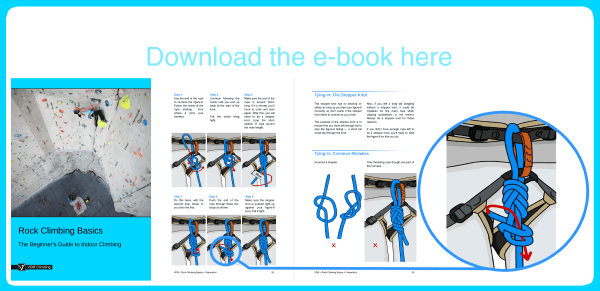





One thought on “Lead Climbing: How To Lead Belay”
Comments are closed.